15 Simple Ingredient Swaps to Make Your Meals Allergy-Friendly
Cooking for someone with food allergies can be tricky, but it doesn’t have to be stressful. With a few simple ingredient swaps, you can make your meals safe and delicious for everyone. You may use many substitutes in your favorite recipes if you have allergies to eggs, dairy, gluten, or nuts.
The best part? Many of these swaps are easy to find and as tasty as the original ingredients. Here are ingredient swaps to make your meals allergy-friendly without compromising on flavor.
Almond Milk for Cow’s Milk
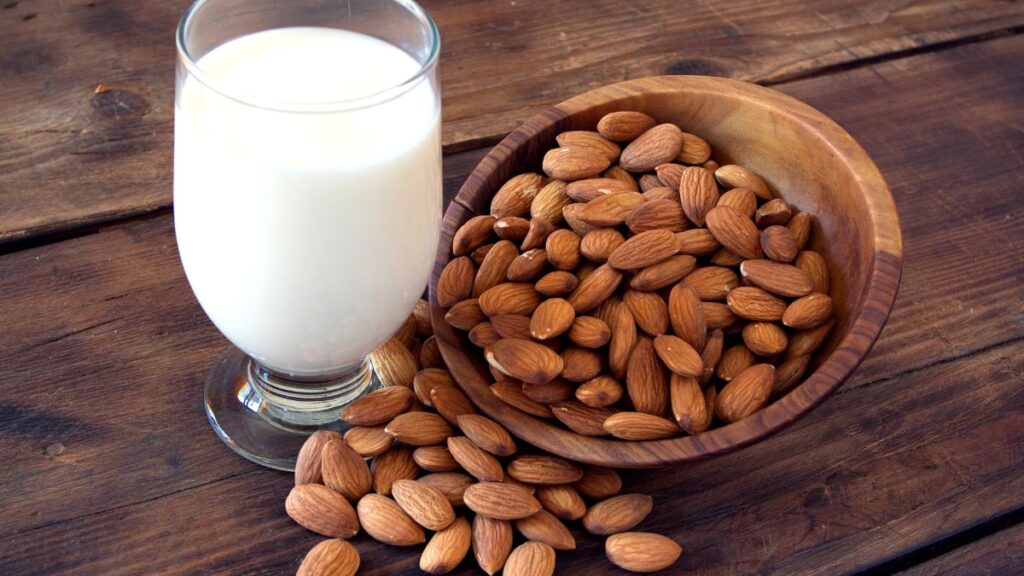
If you’re cooking for someone lactose intolerant or allergic to dairy, almond milk is a great substitute for cow’s milk. Its slightly nutty flavor works well in both sweet and savory dishes. Almond milk can be used in baking, smoothies, or even sauces.
It’s also lower in calories and has no cholesterol, making it a healthier choice. If you don’t want to add extra sugar to your recipe, be sure to choose unsweetened almond milk. Other non-dairy milk options include soy milk, oat milk, and coconut milk.
Coconut Oil for Butter

For those with dairy allergies, coconut oil is an excellent replacement for butter in both cooking and baking. It has a rich flavor and can be used in the same quantities as butter. Coconut oil works particularly well in baked goods like cookies and cakes, giving them a slightly sweet taste.
It also has a higher smoke point, making it a good option for frying and sautéing. Refined coconut oil has a more neutral flavor, while virgin coconut oil has a noticeable coconut taste.
Applesauce for Eggs
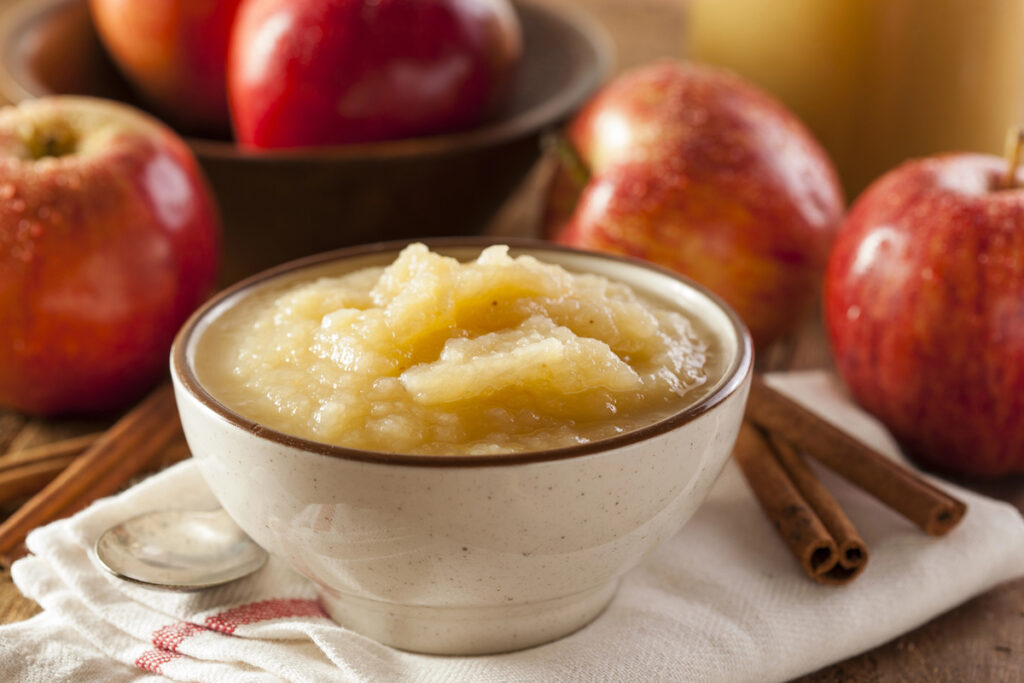
Unsweetened applesauce can be a fantastic egg substitute when baking for someone with an egg allergy. It adds moisture and sweetness to muffins, cakes, and other baked goods. For each egg, replace it with 1/4 cup of applesauce.
This swap also works well for people trying to reduce fat and calories. In similar recipes, you can also use mashed bananas or yogurt as alternatives to eggs. Just be sure to adjust the sugar level, as applesauce adds natural sweetness.
Gluten-Free Flour for Regular Flour
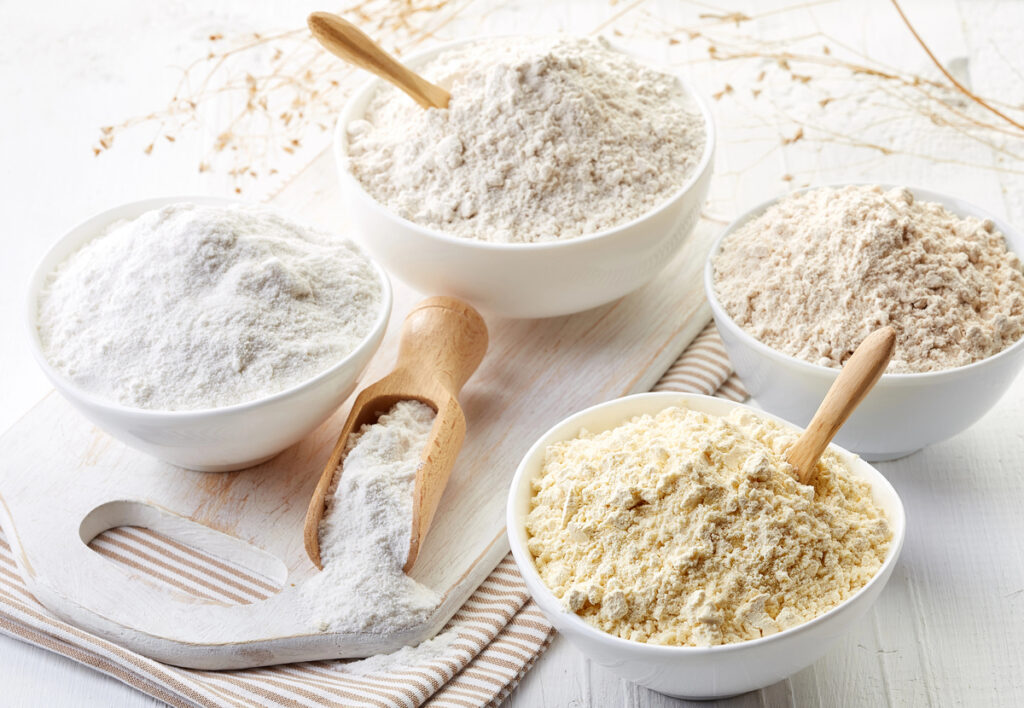
If you’re cooking for someone with gluten intolerance or celiac disease, gluten-free flour is a must. There are many gluten-free flour blends available that can replace regular flour in most recipes. Popular options include rice flour, almond flour, and coconut flour.
Just be sure to check the packaging for any necessary adjustments, as some gluten-free flours may absorb more liquid. You might also want to add a binding agent like xanthan gum to improve the texture of your baked goods.
Gluten-free flour makes it easy to enjoy bread, cakes, and cookies without the worry of gluten.
Flaxseed Meal for Eggs

Another great substitute for eggs in baking is a flaxseed meal, which works particularly well in vegan recipes. To replace one egg, mix one tablespoon of flaxseed meal with three tablespoons of water and let it sit for a few minutes to thicken.
This mixture mimics the binding properties of eggs, making it perfect for cookies, pancakes, and muffins. Flaxseed meal also adds fiber and omega-3 fatty acids to your dish.
It’s an easy and nutritious way to make your recipes allergy-friendly. Just note that flaxseed has a slightly nutty flavor, which can be a bonus in some recipes.
Sunflower Seed Butter for Peanut Butter
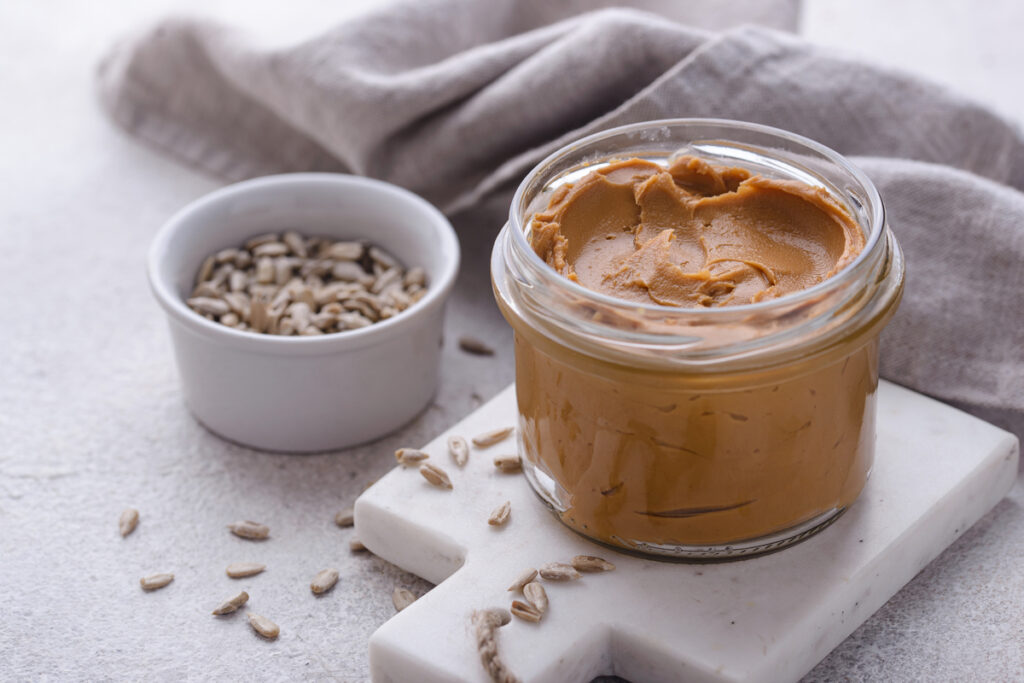
For those with peanut allergies, sunflower seed butter is a delicious and safe alternative to peanut butter. It has a similar creamy texture and can be used in sandwiches, smoothies, and baking. Sunflower seed butter is also packed with nutrients like vitamin E and healthy fats.
It’s free from nuts, making it a great option for peanut- and tree-nut-allergic individuals. You can even use it to make allergy-friendly cookies, brownies, and energy bars. Other nut-free butter options include soy butter or coconut butter.
Rice Noodles for Wheat Noodles
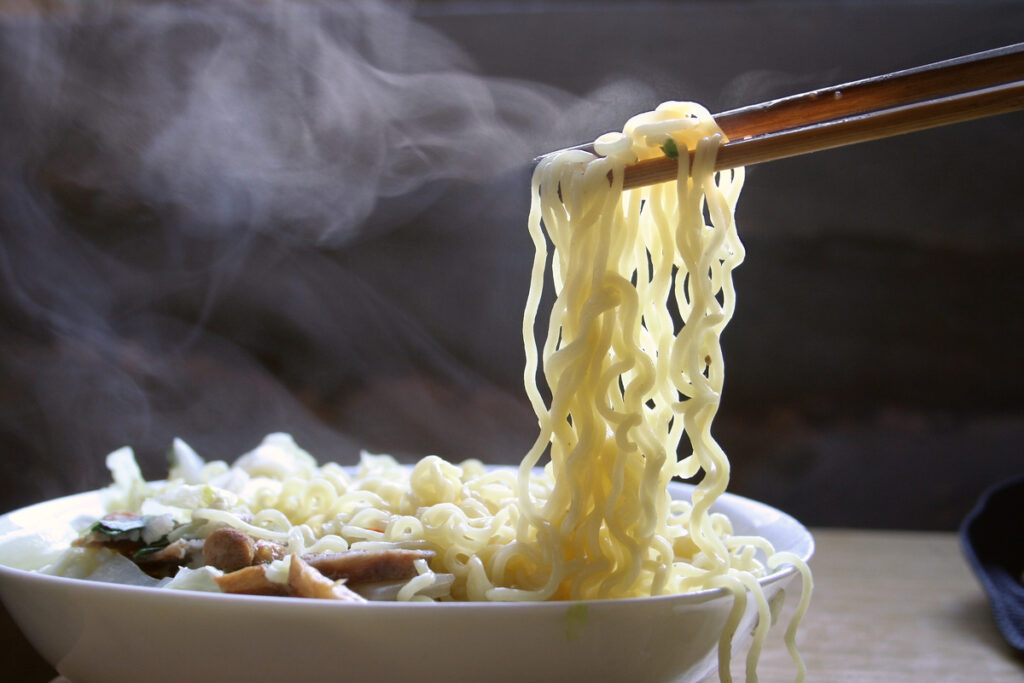
If someone in your family can’t have gluten, rice noodles are a perfect swap for traditional wheat-based pasta. They have a light texture and absorb sauces well, making them a great choice for stir-fries, soups, and salads. They are naturally gluten-free and easy to cook—just soak or boil them, depending on the type.
You can also try other gluten-free pasta options from chickpeas, lentils, or quinoa. These swaps ensure you don’t have to miss out on pasta dishes, even with gluten sensitivities.
Avocado for Mayo
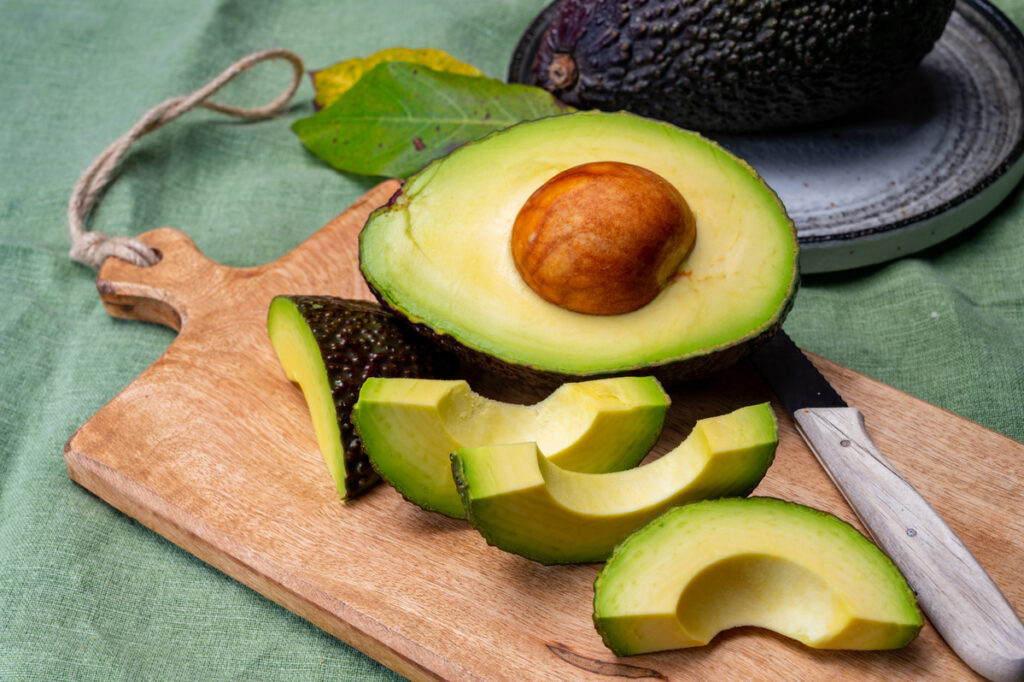
For a creamy and allergy-friendly alternative to mayonnaise, try using mashed avocado. It works exceptionally well in sandwiches, salads, and dips. Avocado provides the same creamy texture but with added health benefits like healthy fats and fiber.
It’s also dairy-free, egg-free, and naturally gluten-free. To add extra flavor, you can mix in lemon juice or herbs. This swap is perfect for anyone with egg allergies or those looking to make their meals healthier.
Chia Seeds for Eggs
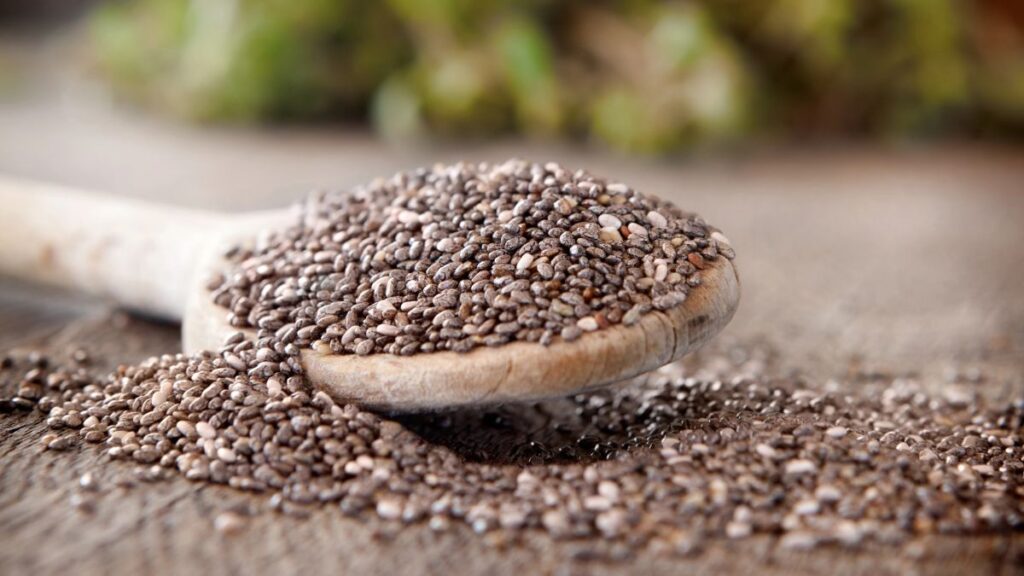
Chia seeds are another excellent egg replacement in baking. When mixed with water, chia seeds form a gel-like consistency that mimics the texture of eggs. For each egg, combine one tablespoon of chia seeds with three tablespoons of water and let it sit for about five minutes.
This mixture works well in pancakes, muffins, and bread. Chia seeds are also packed with fiber, omega-3s, and antioxidants, making them a nutritious addition to your recipe. Their neutral flavor will not alter the taste of your dish.
Nutritional Yeast for Cheese

If you’re cooking for someone allergic to dairy or following a vegan diet, nutritional yeast is a great cheese substitute. It has a cheesy, nutty flavor and can be sprinkled on pasta, popcorn, or roasted vegetables.
You can also use it to make dairy-free cheese sauces or spreads. Nutritional yeast is rich in B vitamins and adds a savory, umami flavor to your dishes. It’s an easy way to give your meals a cheesy taste without any dairy. Plus, it’s gluten-free and low in calories.
Coconut Cream for Heavy Cream

For those who need a dairy-free alternative to heavy cream, coconut cream is a great option. It’s thick and rich, making it perfect for soups, sauces, and desserts. Coconut cream is also naturally sweet, which works well in recipes like whipped cream or coconut-based curries.
You can find it in the canned section of most grocery stores, and it’s easy to use as a one-to-one replacement for heavy cream. It’s also a good source of healthy fats. Just be aware that it does have a mild coconut flavor.
Oat Flour for Regular Flour
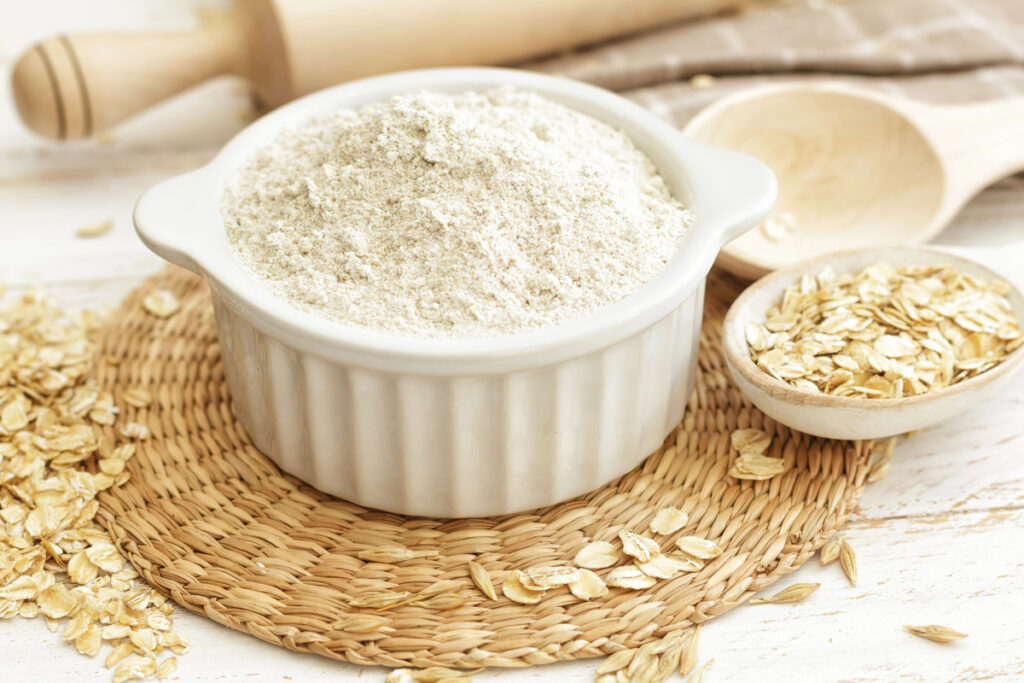
Oat flour is another gluten-free option that’s great for baking. It’s made from finely ground oats and has a mild, slightly sweet flavor. You can make your oat flour by blending oats in a food processor until smooth. It works well in cookies, muffins, and pancakes and adds a bit of extra fiber to your recipe.
Since oat flour absorbs more liquid than regular flour, you may need to adjust the liquid content in your recipes. Make sure to buy certified gluten-free oats if you’re cooking for someone with celiac disease.
Zucchini Noodles for Pasta
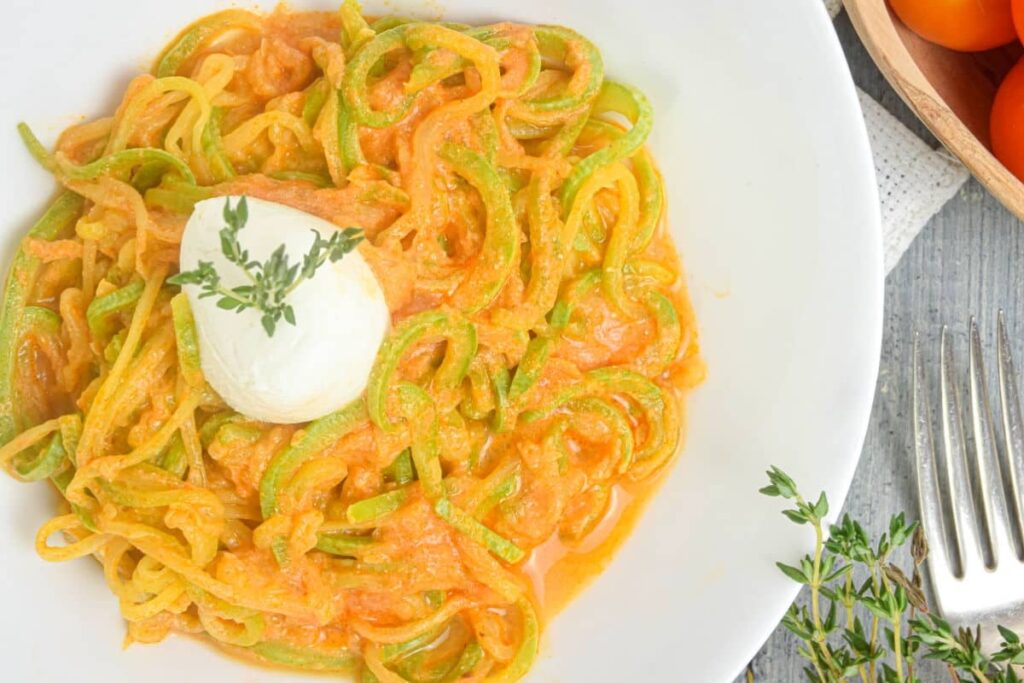
Zucchini noodles, or “zoodles,” are a popular gluten-free and low-carb alternative to traditional pasta. You can make them using a spiralizer or a vegetable peeler. Zoodles are a great way to add more vegetables to your diet while still enjoying your favorite pasta dishes.
They cook quickly and can be eaten raw or lightly sautéed. You can serve them with your favorite sauce, whether it’s marinara, pesto, or a simple olive oil dressing. Zucchini noodles are also a good option for those watching their calorie intake.
Quinoa for Couscous
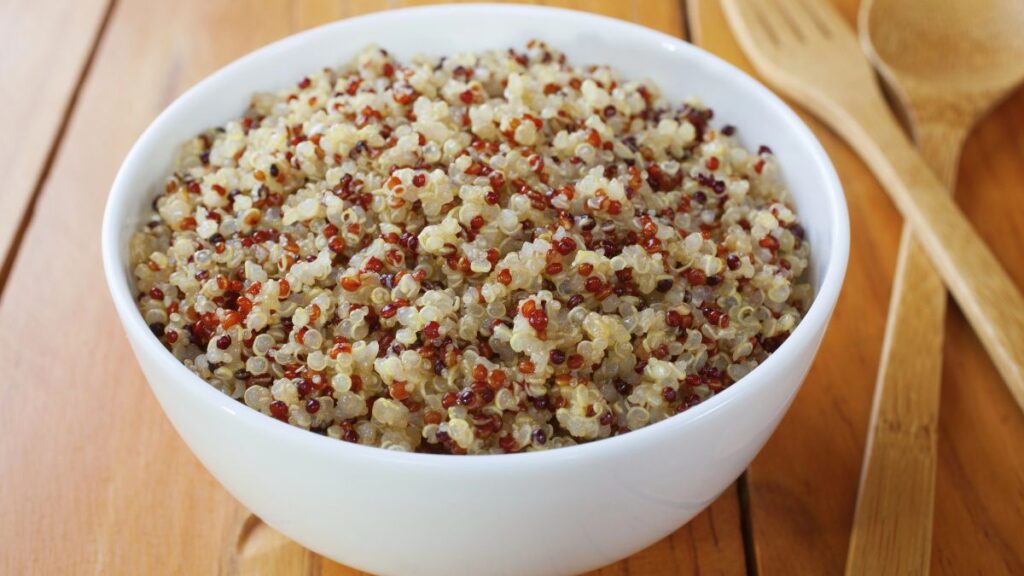
For a gluten-free alternative to couscous, try quinoa. It’s a protein-packed grain that has a similar texture and can be used in salads, soups, or as a side dish. Quinoa cooks quickly and absorbs flavors well, making it a versatile ingredient in many recipes.
It’s also a complete protein, meaning it contains all nine essential amino acids. This makes it a nutritious and filling substitute for couscous or other grains. Plus, quinoa is naturally gluten-free, making it safe for those with gluten sensitivities.
Cauliflower Rice for Regular Rice
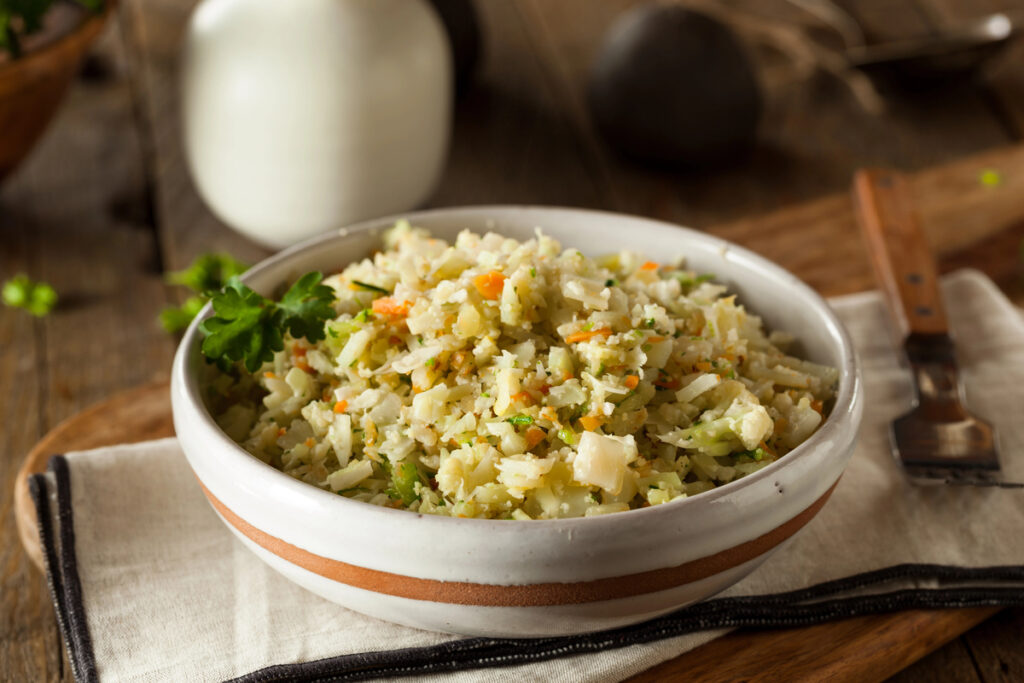
Cauliflower rice is a low-carb, gluten-free alternative to regular rice. It’s made by grating or pulsing cauliflower in a food processor until it reaches a rice-like consistency. Cauliflower rice can be sautéed, steamed, or roasted and used in place of rice in stir-fries, burritos, or grain bowls.
Cauliflower rice is a great way to add more vegetables to your meals while cutting down on carbs. It also cooks quickly, making it perfect for busy weeknight dinners. It’s light, nutritious, and tastes the flavors of your cooking.
15 Secret Ingredients That Make Any Dish Healthier

Eating healthy doesn’t have to be boring or complicated. Sometimes, it’s all about adding a few simple ingredients to your favorite dishes to boost their nutritional value. These secret ingredients can enhance the flavor, add essential nutrients, and make your meals more satisfying.
15 Secret Ingredients That Make Any Dish Healthier
15 Foods Only The Wealthy and Elite Can Eat Now

Culinary trends are constantly evolving, and some foods have become more than just sustenance—they’ve become status symbols reserved for the elite.







